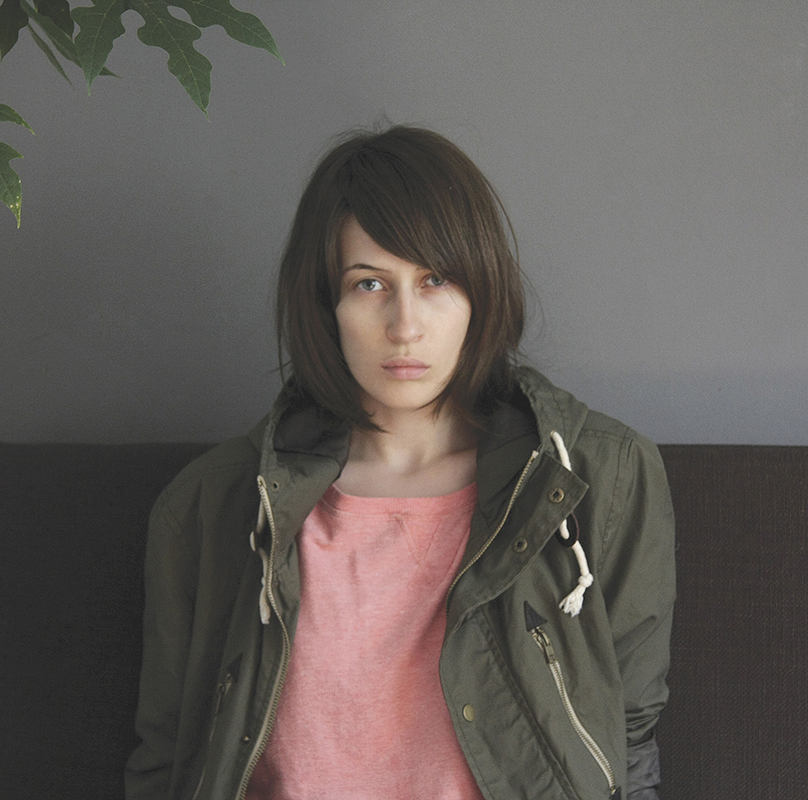
Larisa Sitar [RO]
Art Encounters 2017 Exhibitions:
The Second Nature
The works of Larisa Sitar (b. 1984) explore topics such as memory, mythology and nostalgia, using photography, video, installation, drawing and interventions in public space. The characters appearing in her practice are transposed from collective consciousness or the faraway origin of mythologies and fairy-tales.
Selected exhibitions: The Fortress of Solitude from the holy wood of eternal noise, The National Museum of Contemporary Art (MNAC) Bucharest (2016); WHAT ABOUT Y[OUR] MEMORY, MNAC, Bucharest (2015); Transformation. Romanian Sculpture 25 Years After the Revolution, Museum Beelden aan Zee, The Hague (2014); PASAJ, MNAC – Annex, Bucharest (2014); Care Crisis, Futura Gallery, Prague (2012); Essl Art Award CEE, Essl Museum, Klosterneuburg / Wien (2011); Zoomania.Ro, MNAC, Bucharest (2010); Start Point Prize, GASK, Kutná Hora (itinerant at NTK gallery, Prague, 2010). Her works were exhibited at the 56th edition of the International Art Exhibition – la Biennale di Venezia (The New Gallery of the Romanian Institute in Venice, 2015) and at EMERGEANDSEE Media Arts Festival, Berlin (2010).
Larisa Sitar’s works explore motifs such as memory, mythology and nostalgia, using various media of expression (photography, video, installation, drawing and public interventions). The artist reinterprets the contemporary individual’s relationship to nature in her recent works, seen from the scientific perspective, but also mystic. The fossils were some of the first things that made people take into consideration the fact that the earth could be much older than it says in the Bible. For some, fossils are evidence of the flood that raised the sea to the top of the mountains, while for others, they are a trap to weaken people’s faith, placed there by the devil. Larisa Sitar’s collection includes both original fossils, as well as copies, mixed together. The originals are marine fossils from the Eocene epoch, from about 40 million years ago, discovered in a stone quarry which does not belong to the official fossil sites. The fakes are copied with a mixture of marble, cement and pigment dust, and their association challenges the public’s capacity to distinguish between the two.

Imagini:
1. Larisa Sitar, Portrait
2. Larisa Sitar, Fossil Collection, collection of real and fake fossils, marine fossils from the Eocene period, dated almost 40 million years ago, taken from a stone quarry, not an official fossil site; fake fossils copied with a mixt material of marble dust, cement and pigment.









